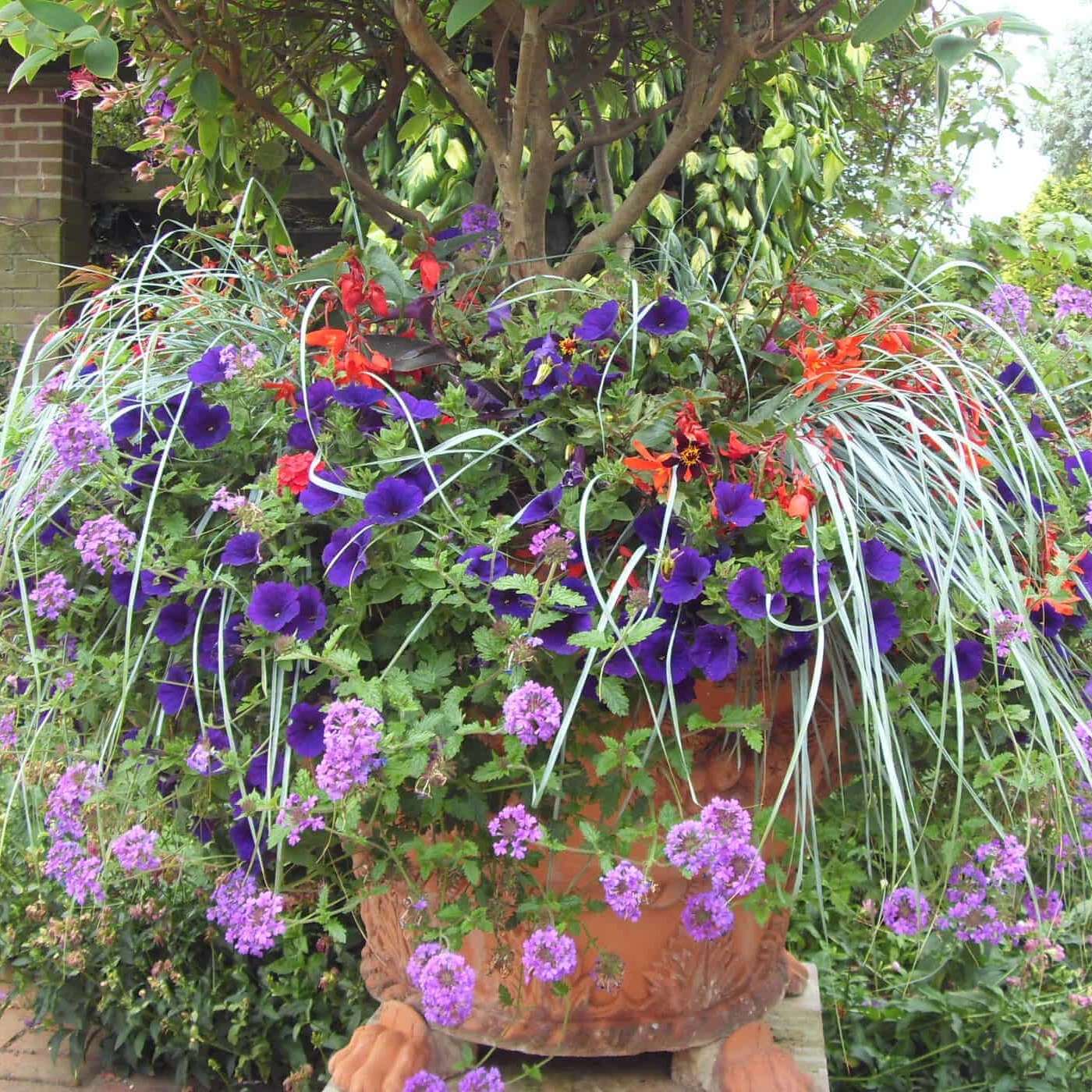Box tree caterpillar
Box is a plant that forms the structural backbone of many british gardens. From clipped balls in contemporary designs, to low hedges in a cottage garden, or vast repeating topiary and parterres of some of our most cherished historic gardens, boxwood is a native woodland shrub that holds a unique horticultural significance. Alongside box blight, box tree caterpillar is causing significant problems in the south-east, with issues in the midlands and north increasing too. See the map of sightings here.
Origins of the pest
Box tree caterpillars are moth larvae, native to East Asia. Their first European sighting was in Germany in 2006, and well-established in London and the southeast by 2014. Dispersal of these insects is primarily attributed to the movement of plant material harboring dormant larvae and pupae. Their scientific name is Cydalima perspectalis.
Plants affected by Box Tree Caterpillar
Box plants wild and cultivated are susceptible to damage. It affects a range for box species, most importantly Buxus sempervirens, which is widely found in British gardens, used for hedges and topiary. Highly valued for its small leaves, dense growth, and versatility in growing conditions and ability to be trained into a wide range of shapes. It is not to be confused with the other popular small leaved hedging plant, Lonicera nitida, the shrubby honeysuckle, which has purple berries in autumn.
Damage – What’s eating my Box?
The caterpillars disfigure and defoliate box plants, sometimes defoliating them completely. The damage can lead to areas of yellow and brown dieback. Young larvae feed just on the lower leaf surface, without damaging the upper epidermis; termed ‘windowing’. This may not be obvious without closer inspection. These larvae are vulnerable at this stage, as they lack webbing for protection. Older larvae spin protective webbing to feed beneath, and feed on the leaves but leaving the midribs and occasionally the outer margin intact; termed ‘skeletonising’. The webbing causes disfigured foliage and growth. Visible white webbing, frass and moulted black head capsules are indicators. Damage on the dense outer growth of clipped box plants (hedges and topiary) is particularly conspicuous, with damage most likely on the sides and lower branches.

Lifecycle of the Box Tree Catepillar
Larvae lay dormant over winter, wrapped between leaves bound in webbing. Longer warmer days encourage larvae to break dormancy and start feeding around mid-March, with moths generally becoming visible in early to mid-May. From June to October, two more generations of moths will appear, with the final generation of caterpillars hatching in September-October, aiming to overwinter between the leaves.

Monitoring
In order to show when the moths appear and give an idea of their numbers compared to other areas and years, hang a pheromone trap fitted with a full season lure in the area from the start of May. Traps, moth’s caught and caterpillar sightings can be registered on the EBTS tracker, where the data is visible to help assess risk and see trends.

How to kill box tree caterpillar
Cultural
Always buy box plants from reputable suppliers, and then check and quarantine on arrival to site, or propagate from clean stock on site. Regularly checking leaves for webbing and larvae and using monitoring traps will help detect problems early on. This may provide an opportunity to simply crush and remove eggs and larvae by hand. Also, encouraging birds such as blue tits into the garden to feed on caterpillars may be of some help. In problem areas, consider replacing all box plants with an alternative plant.
Biological
General mixed nematode products such as Nemasys® Biological fruit and veg protection can be effective against the larval stages if applied at the right time, when young larvae are visible before they encase themselves in webbing from March through to October. Follow all package instructions. Air temperature must be above 10°C. Pre-wet the foliage. Avoid praying in direct sunlight. Mix the nematodes with water and spray directly onto the larvae. Repeat the process every 7 days, for 3-5 applications. Coat all hatched larvae with the solution.
Trichogramma parasitic wasps are newly available to UK gardeners, which parasitize the eggs of Cydalima perspectalis. Upon first sighting of a moth in spring, ideally using a pheromone trap, immediately order and hang the trap within the affected boxwood. Re-apply again after 10-14 days. They are generally 90% effective, and ideally used alongside Bacillus thuringiensis.
Chemical
Bacillus thuringiensis is a bacterium used in bioinsecticide products such as XenTari. It is effective in stopping larvae eating within an hour of ingesting a treated leaf, yet is harmless to pollinators, insect predators, humans or wildlife. The temperature should ideally be above 15°C. Dissolve the micro-granules in water and apply with a sprayer. Sunlight and rain degrade and remove the bacterium, so treatment should be repeated after 1-2 weeks accordingly.
Wide-spectrum insecticides are generally effective for longer (3-4 weeks), but carry a high environmental risk and can be less effective than Bacillus thuringiensis. Organic insecticides based on natural pyrethrum provide short persistence control. Alternatively, use persistent synthetic contact insecticides based on deltamethrin, cypermethrin, or lambda-cyhalothrin. These generally require forceful spray coverage to reach larvae, ideally targeting young exposed larvae. Products based on the systemic neonicotinoid insecticide acetamiprid are also available.
References
Box Tree Moth and Caterpillar, an EBTS Guide. European Boxwood and Topiary Society.
Box tree caterpillar. Royal Horticultural Society.
Originally published June 2024
Owen Hayman
Owen joined the Bestall & Co planting and aftercare team in spring 2019. He is an RHS qualified horticulturist, holding a full Level 3 Diploma in Horticulture, and recently came in the top 3 at the Northern Regional Final of The Young Horticulturist of the Year 2019. After first doing a foundation diploma in Fine Art, he went on to gain a degree and masters in Plant and Soil Science from the University of Sheffield in 2014. Owen worked as a researcher on various field research projects in Alaska, Panama and Borneo. When not away in the field, he became obsessed with visiting gardens and nurseries across the British Isles and the Netherlands, developing his own garden, and then taking on a walled allotment garden as a personal project. He realised his true passion was in horticulture, and so moved away from academia and into the world of specialist plant nurseries and professional gardening.
Owen is now studying the Wisley Diploma, but continues to write articles for us on a monthly basis, and we're delighted to maintain contact with such a passionate and knowledgable plantsman.




